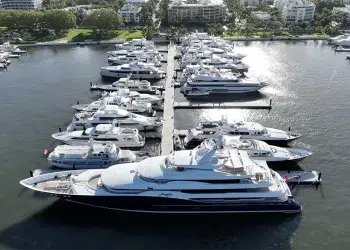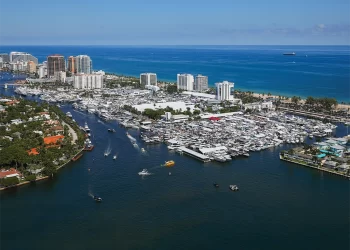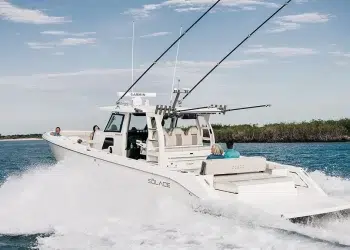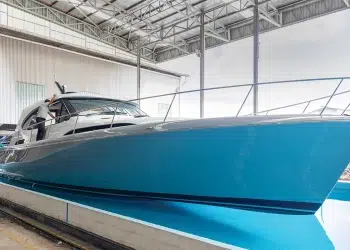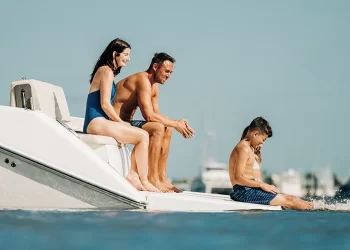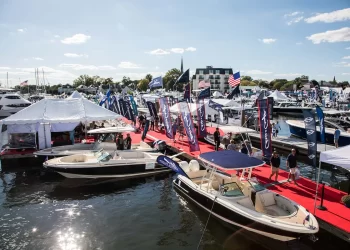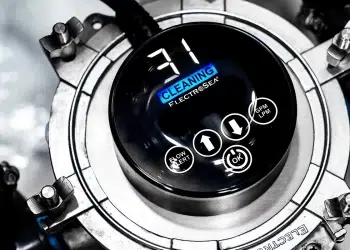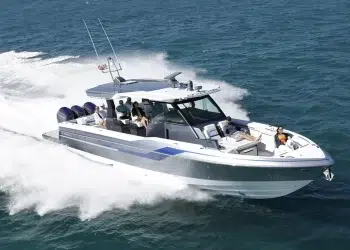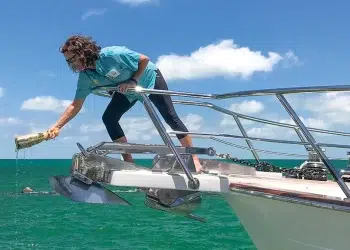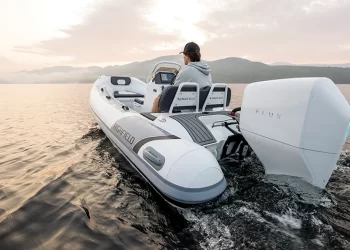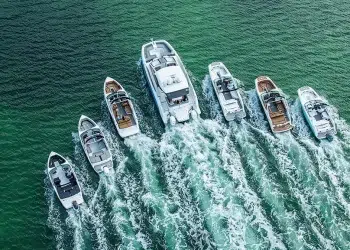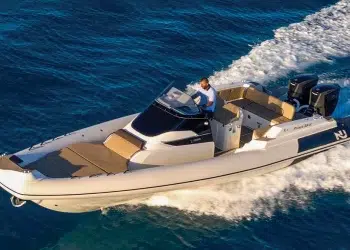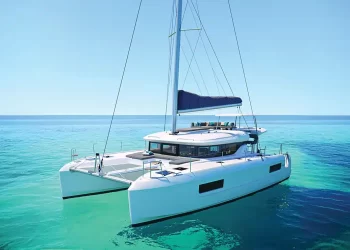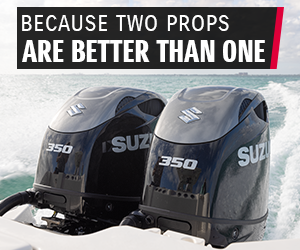Featured
Featured posts
Discover Unmatched Service at the Town of Palm Beach Marina
Nestled in the heart of one of the most sought-after and celebrated destinations in South Florida, the Town of Palm...
Read moreDetailsWhere Boating Dreams Come True: FLIBS 2024 Preview
The 65th Annual Fort Lauderdale International Boat ShowWe all have dreams. Maybe it’s exploring the world or winning the pickleball...
Read moreDetailsVolvo Penta’s Latest Marine Accessories For Improved Boating Experiences
Elevate Your Boating Experience with Volvo Penta Marine Accessories At Volvo Penta, we believe in transforming your time on the...
Read moreDetailsInternational Boatbuilders: Discover Some of the World’s Best Yachts and Catamarans
Boatbuilding had its start overseas long before the U.S. was established. Boating is an international pursuit if there ever was one....
Read moreDetailsEnd-of-Season Boat Maintenance: Winter Prep is Crucial to Ensure Peace of Mind
As the boating season winds down, the thought of winterizing your boat might seem daunting. Winterizing your boat is more...
Read moreDetailsYour Boat’s Full Potential is Here: The Astonishing Volvo Penta Sterndrive Power
Open your transom with Volvo Penta sterndrive power In 1959, Volvo Penta flipped the script on conventional marine propulsion with...
Read moreDetailsExperience the Best of Boating at the 2024 Annapolis Powerboat Show
Get Ready for the 2024 Annapolis Powerboat Show The Mid-Atlantic’s Must-See Event of the Season Every fall, downtown Annapolis transforms...
Read moreDetailsThe NEW ElectroStrainer Pro: Prevent Marine Growth In Your Boat’s Air Conditioner
Introducing ElectroStrainer Pro: The Next-Gen Marine Growth Prevention System ElectroSea®, the leader in marine growth prevention solutions, recently announced the...
Read moreDetailsThe Game-Changing Technology of Starlink and Formula 457 CC: A New Era in Boating
Click Below To Watch https://youtu.be/HxLF5gemV4kIn the latest episode of the Southern Boating Podcast, hosts Ian Sneed and James Anderson dive...
Read moreDetailsDiscover the Best Social Boating Sandbars and Tips for a Perfect Day Out
Summer fun at social boating sandbars Social Boating sandbars are the stuff of warm-weather legend with tales of hundreds of...
Read moreDetailsRenaming a Boat: How to Hold a Boat Christening Ceremony
Christening your new boat when she gets a new name has its pomp and circumstance, but it also has its...
Read moreDetailsExciting Innovations in Marine Power and Electronics You Need To Know
Discover the latest marine power and electronics advancements. Stay updated with cutting-edge innovations for your boat.
Read moreDetailsProudly Made in the USA: American Boatbuilders From Coast to Coast
American Boatbuilders are going strong and have a bright future. It’s not an easy task to identify boatbuilders who manufacturer...
Read moreDetailsExplore This Year’s Rigid Inflatable Boats for Recreational Fun
Ten rigid inflatable boats (RIB) have earned their floats as a stand-alone recreational boat. A rigid inflatable boat (RIB) is a...
Read moreDetailsVoyager Series: Blue Water Desalination’s Latest Innovation For Your Yacht
Blue Water Desalination Introduces Voyager Series Watermakers Blue Water Desalination (BWD) is excited to announce the launch of the new...
Read moreDetails
